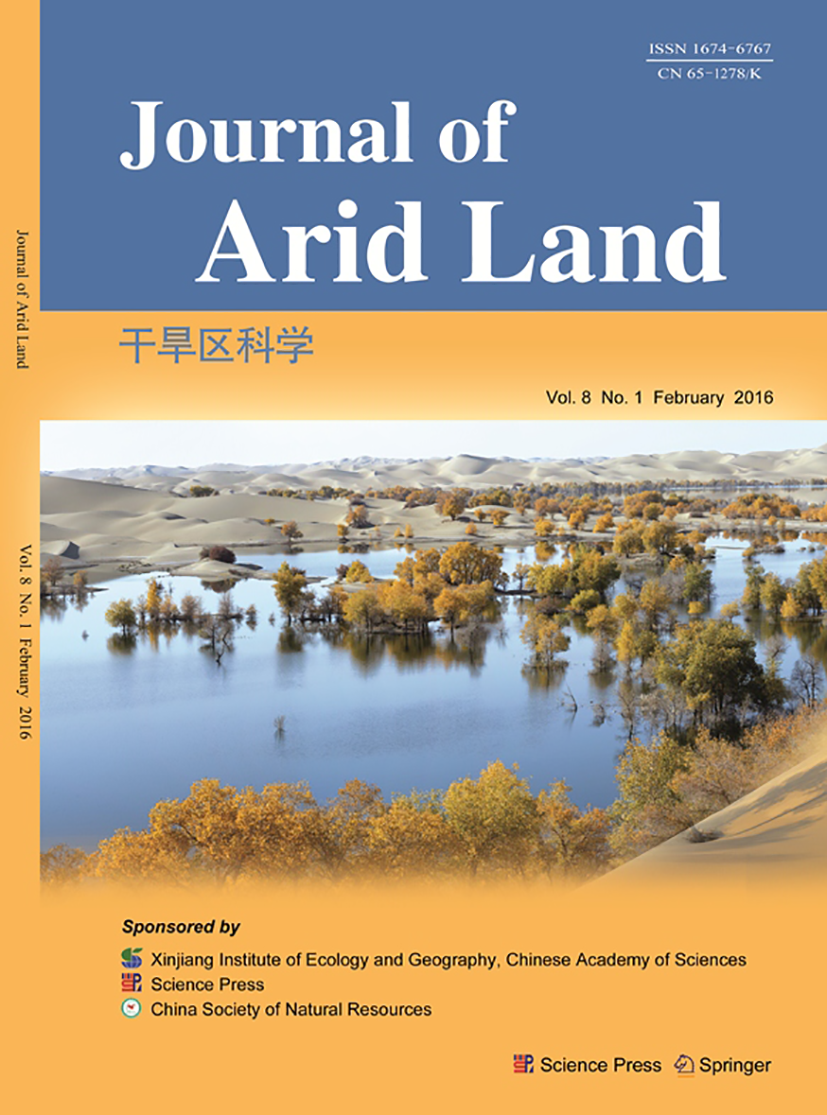MadChemist
Platinum Member
- Sep 11, 2017
- 3,750
- 2,316
- 940
The world's most renowned climate scientist...

Some of the world's best climate scientists. These are the authors of "The Physical Science Basis" of the IPCC's 5th Assessment Report; Working Group I. I'd bet a dollar to a donut you've never heard of any of them.
CUBASCH, Ulrich
Freie Universität Berlin
Germany
WUEBBLES, Donald
University of Illinois
USA
CHEN, Deliang
University of Gothenburg
Sweden
FACCHINI, Maria Cristina
Institute of Atmospheric Sciences and Climate (ISAC)
Italy
FRAME, David
Victoria University of Wellington
New Zealand
MAHOWALD, Natalie
Cornell University
USA
WINTHER, Jan-Gunnar
Norwegian Polar Institute
Norway
DING, Yihui
China Meteorological Administration
China
MEARNS, Linda
National Center for Atmospheric Research
USA
WADHAMS, Peter
University of Cambridge
UK
And could care less about what they have to say.





